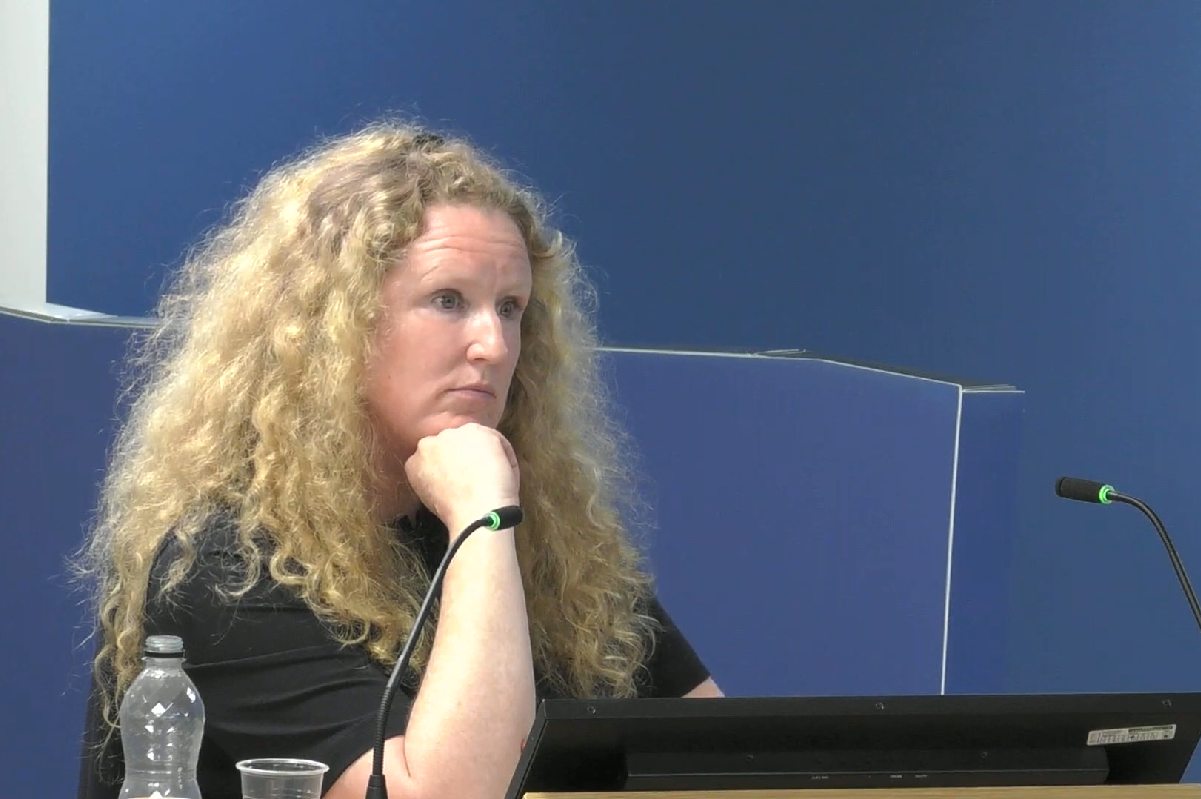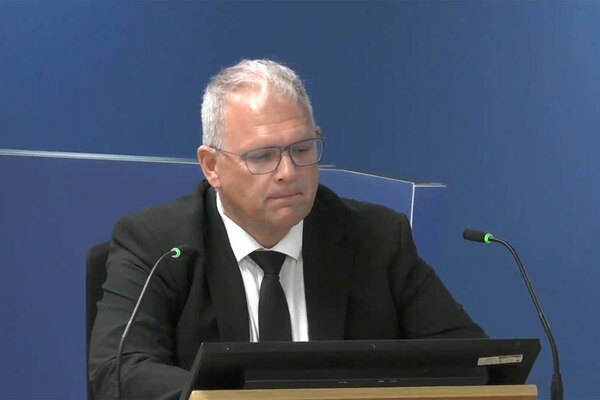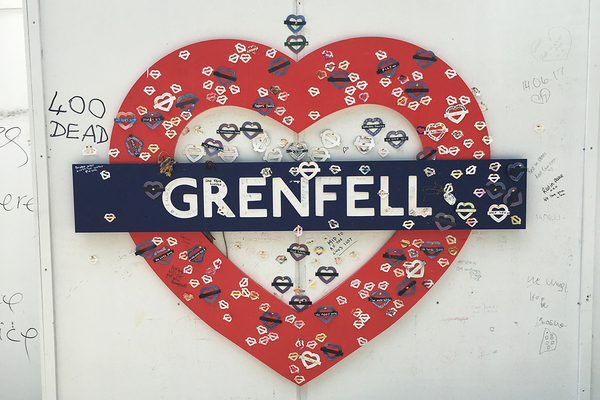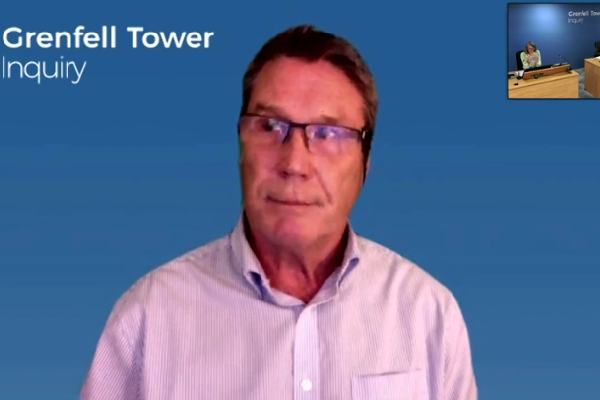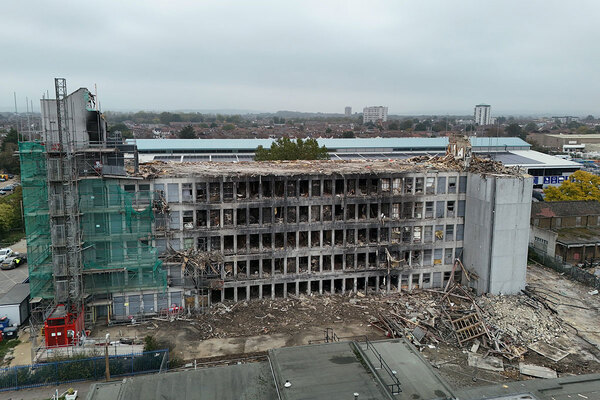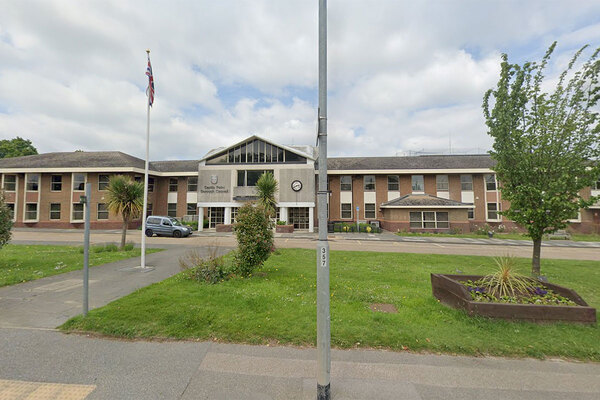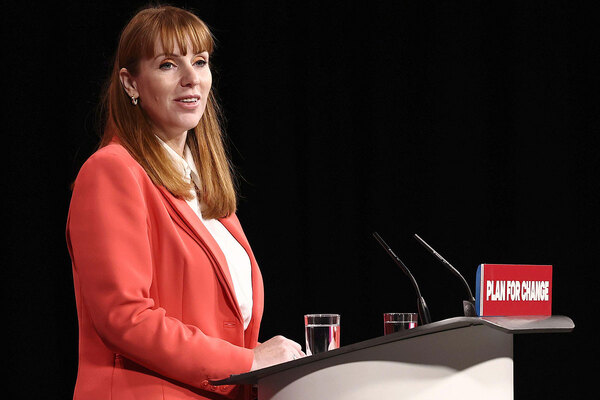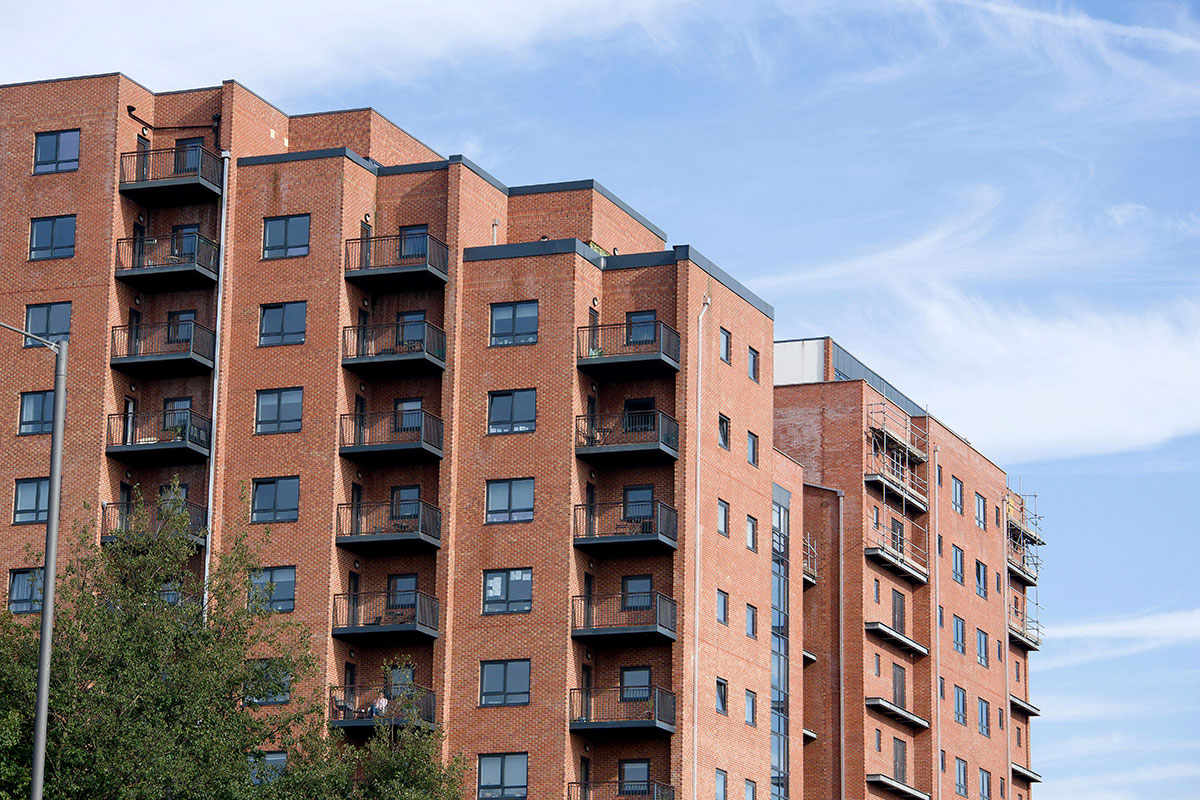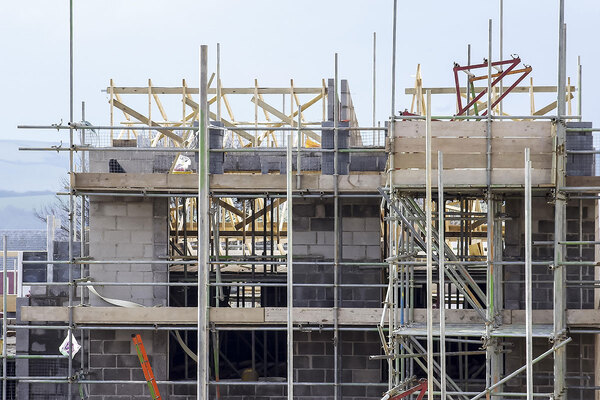Grenfell Tower smoke system failed to comply with requirements of regulations, expert says
The designers of Grenfell Tower’s smoke control system failed to meet the functional requirements of building regulations when they replaced the building’s system with a new, bespoke model in 2016, an expert witness told the inquiry today.
Dr Barbara Lane, an expert witness and a director at fire engineering consultancy Arup, was called to the inquiry today for the third time to discuss her report into the tower’s smoke ventilation system.
The inquiry has previously examined this in detail with witnesses from the firms which designed and installed the system in 2016, following long-standing problems with the existing system.
It heard the new system was a bespoke design which was untested in other towers, something the contractor, PSB UK, said was necessary because of the physical limitations of the tower.
Dr Lane’s evidence follows Simon Lay, who was commissioned by PSB and gave evidence yesterday. He concluded that Grenfell’s smoke control system “operated as intended” when the fire broke out in Flat 16 on the fourth floor.
However, Dr Lane criticised the designs of PSB, which relied on blowing air across the entrance to the staircase to prevent smoke entering the stairs. It had modelled the performance of the system on a scenario where only one door to the stairs from the lobby was open.
The inquiry has heard this never occurred during the fire on 14 June 2017, with at least one flat entrance door open on every floor during the blaze.
“Is it your view that designing a system with just one single stair door being open with all other doors being closed was an unrealistic design assumption?” asked Kate Grange QC, counsel to the inquiry.
“Once you’ve worked out how to produce an airflow through the open stair door, anything that weakens that or causes that to reduce means that you can’t meet your offered design target,” she replied.
Asked if the designers should have run computer modelling to examine in more detail how the system would perform, she said: “The truthful answer is someone should have done it. But in my mind, the fire engineer and the mechanical engineer had a duty to make sure it was done.”
When he gave evidence last July, Hugh Mahoney, former commercial manager at PSB, said there had not been enough time to run such an analysis, known as ‘computational fluid dynamics’ (CFD).
“Was that a good enough reason not to do a CFD analysis: that there’s time pressure on the project, and there’s simply not time?” asked Ms Grange.
“No,” replied Dr Lane.
Mr Mahoney had told the inquiry that it would have been “impossible” to design a compliant system for Grenfell Tower, and that his designs effectively offered “an alternative solution to try and reach the spirit of the standard”.
But Dr Lane’s report concluded the “fundamental issue is not the system type PSB chose, it’s the quality of the… system they designed”. “PSB failed to provide a smoke ventilation system which complied with the functional requirements of the building regulations,” she wrote.
“Does that remain your view?” asked Ms Grange.
“Yes,” replied Dr Lane.
The inquiry also heard evidence last summer about the ‘dampers’ – devices which opened and closed on the vents to allow smoke in on the fire floor and prevent its escape through other vents.
It had heard the tower used systems which had not been tested for smoke leakage – only their integrity in a fire.
Dr Lane said she did not believe there was any “ambiguity” in official guidance that dampers on these systems required a rating for their smoke performance.
“And would you expect a reasonably competent smoke control designer and a reasonably competent fire engineer to be aware of this requirement for the damper protecting an escape route to be ‘S’ rated [for smoke]?” asked Ms Grange.
“Yes,” replied Dr Lane. She said this requirement was “particularly important to the health and safety of people in a high-rise residential building, for the occupants and for the firefighters”.
Dr Lane’s report disagreed with Mr Lay about whether or not the smoke control system led to a breach of “compartmentation” on the night of the fire.
She presented evidence suggesting that dampers on the 11th floor were open for the duration of the blaze, which would have allowed smoke to spread up from the fourth floor from the early stages of the fire.
She said she based this view on a “forensic analysis” of the dampers carried out by the Building Research Establishment (BRE), which included examination of smoke patterns on the dampers which suggest the north shaft on this floor remained open.
This would have allowed smoke to reach this floor as the system began extracting it from the fourth and, she said, may also have weakened the overall performance of the system.
She was shown a section of her report which listed various “serious issues” with PSB’s design of the system.
These included a failure to comply with requirements for individual components, such as dampers, and a failure to comply with “the functional requirements needed from the system in an unsprinklered high-rise residential building with a stay put strategy”.
“Now does that remain an accurate summary of your views about the flaws in the design process for Grenfell Tower?” asked Ms Grange.
“Yes,” replied Dr Lane.
She also told the inquiry there was a climate of “worrying standards” in relation to smoke control before Grenfell.
“Have you come across a climate of latitude or flexibility on the part of building control bodies… which allows a great deal of flexibility in the way that the functional requirements are interpreted?” asked Ms Grange.
“It was absolutely clear before this fire that there was a climate of… worrying standards,” replied Dr Lane. “That can’t be attributed solely to building control.”
Dr Lane also criticised attitudes towards refurbishment projects, where designers will often only seek to better an existing system, even if it is left non-compliant as a result.
This is due to provisions in the legislation which say work to existing buildings should leave work as at least “no more unsatisfactory” than it was before the project.
Dr Lane explained that this was in relation to a particular functional requirement, not an invitation to accept low standards.
“The prevailing culture in industry is that if it’s generally slightly better [than previously], the job is done. Long before this inquiry, you know, I have never shared that [view],” she said.
When he gave evidence, Mr Mahoney repeatedly stressed that he was only required to provide a “betterment” of the existing system.
The inquiry continues with further expert evidence tomorrow.
Sign up for our weekly Grenfell Inquiry newsletter
Each week we send out a newsletter rounding up the key news from the Grenfell Inquiry, along with the headlines from the week
Already have an account? Click here to manage your newsletters
